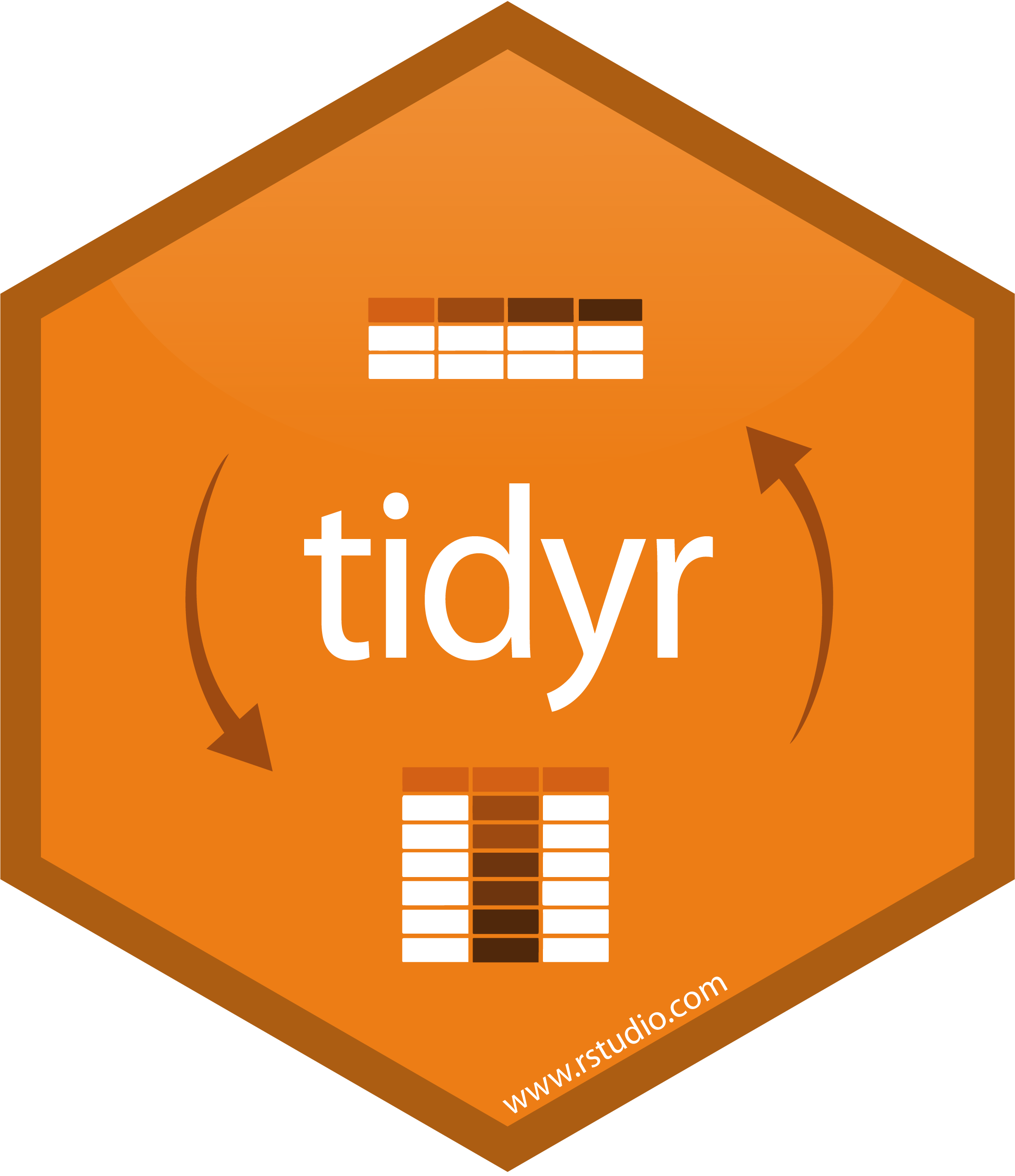A Simple Trick for Dealing with Overlapping Data
Last week, we looked at simple data analysis techniques to test for persistence. But we only looked at a feature that is measured over a single day – the absolute range. Such a feature makes it easy to test persistence because you don’t have the problem of overlapping data. Each data point is entirely self-contained …





